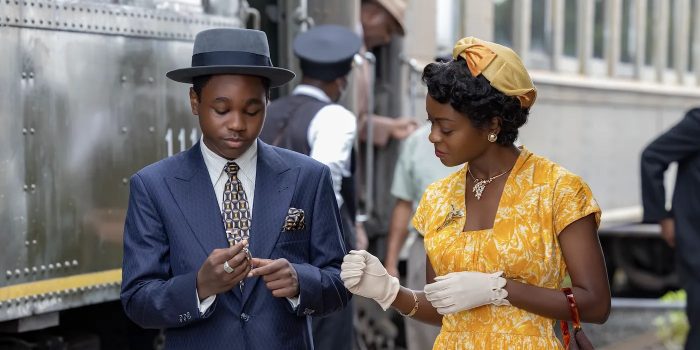Reviewed by Jeffrey Sanzel
 “I love you, come for dinner! Isn’t that invitation we all want to hear? It promises an evening of good food, warm conversations, and the chance to share our lives with family and close friends.” The wonderful Ina Garten, best known as The Barefoot Contessa, opens her excellent new cookbook, Go-To Dinners (Penguin Random House/Clarkson Potter), with this call to celebration. Leading with community, she addresses the power of connection that meals bring.
“I love you, come for dinner! Isn’t that invitation we all want to hear? It promises an evening of good food, warm conversations, and the chance to share our lives with family and close friends.” The wonderful Ina Garten, best known as The Barefoot Contessa, opens her excellent new cookbook, Go-To Dinners (Penguin Random House/Clarkson Potter), with this call to celebration. Leading with community, she addresses the power of connection that meals bring.
Garten’s most accessible work to date, the book offers seventy-eight detailed and plainly articulated recipes: “Make ahead, freeze ahead, prep ahead, easy, assembled.”
Go-To Dinners is just that. As with Modern Comfort Food, Garten acknowledges the desire for ease in challenging times. Specifically, she embraces the need for the occasional modest approach. “When I planned a party before the pandemic, it was always a multicourse extravaganza. But then the pandemic happened and everything seemed like so much work. I started making simple dinners for [my husband] Jeffrey and me. I often made a lighter, easier, all-in-one dinner.”
In addition, the experiences of the last two years changed her point of view on leftovers — something she had previously disliked — repurposing one dinner into the next. “… I tried to think of new ways to be creative with what I had on hand. It became like a game to see how many different meals I could get out of the dinners I was cooking!” Throughout, she even suggests various “two-fers” (such as putting the leftover Mussels with Saffron Cream into the One-Pot Oven Risotto).

She smartly breaks the book into six sections: drinks and apps; breakfast for dinner; light dinners (the largest chapter); family dinners; vegetables and sides; and desserts. Nothing seems overly complicated, and the directions, as always, are clear. “And just because a recipe is easy to make, it shouldn’t skimp on flavor or style.”
There are one-pot meals (as mentioned above) and others that take fewer than a quarter of an hour to cook. Some are supplemented with store-bought items, such as a pie crust that works better for a particular recipe. In addition, she has suggestions for boards made of purchased food (shown in inviting arrangements).
Garten proposes clever insights. The trick to pulling off cocktails is to prepare them ahead of time in a large pitcher; this provides more time with guests. Often, she updates classics (as with Creamy Hummus and Easy Oysters Rockefeller). Breakfast for dinner is the perfect answer to the love for breakfast food but acknowledging that mornings present time constraints. From the relatively simple Overnight Irish Oatmeal to the more demanding English Cream Scones, there is something for every level of cook.

Garten writes with ease and frankness. She is self-revelatory that she did not grow up loving family meals, which were grim, anxious affairs. Her passion for parties and dinners came later. Now, dinnertime marks the welcome end of the day, a time to relax and engage, an opportunity to be home. She draws on a skiing metaphor, encouraging risk-taking. “… avoiding failure means we miss out on the thrill of accomplishing something new”— whether on the slopes or in the kitchen. She also is not lacking in a sense of humor: witness the aptly named Eggs in Purgatory, with the eggs floating in a red sauce.
Of course, the proof is in the eating. My good friend, Doug, kindly made the Lemon Linguine with Zucchini and Basil, a highly recommended dish. He reported that the dish came together easily. His plans include tackling the Oven-Roasted Southern Shrimp Boil; the Summer Skillet with Clams, Sausage, and Corn; and the Creamy Chicken Thighs with Lemon and Thyme. He also has his eye on Slow-Roasted Tomatoes with Fennel, Parmesan Polenta; and Panettone Bread Pudding.
Enhancing Go-To Dinners are dozens of vivid and elegant photos from the sure and artistic eye of Quentin Bacon (who also provided the visuals for Modern Comfort Food).
“Restaurant food is wonderful but there is something soul-satisfying about making and eating a real home-cooked dinner right at your own kitchen table.” Ultimately, Ina Garten’s Go-To Dinners is an exploration of stress-free cooking with dozens of creative, tasty options to be easily prepared, shared, and enjoyed.
Go-To Dinners is available at www.penguinrandomhouse.com, www.amazon.com and www.barnesand noble.com.


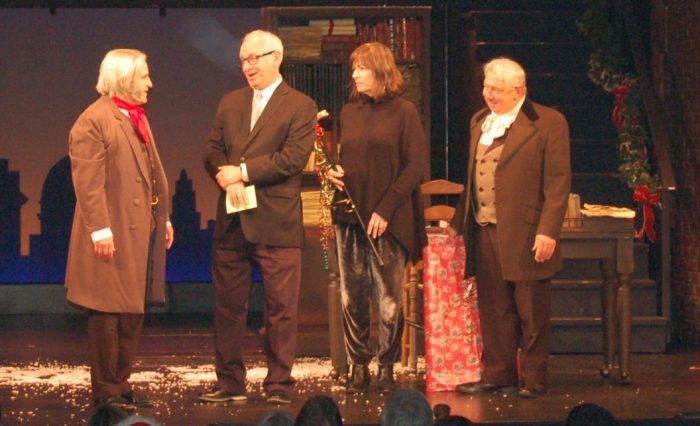






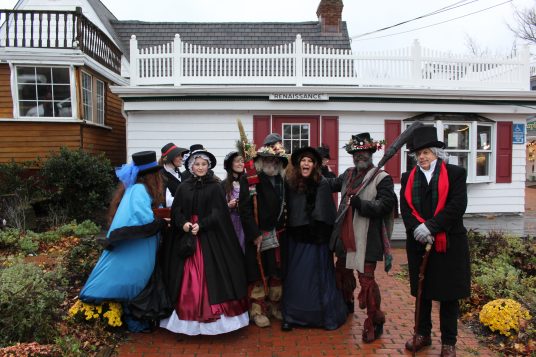






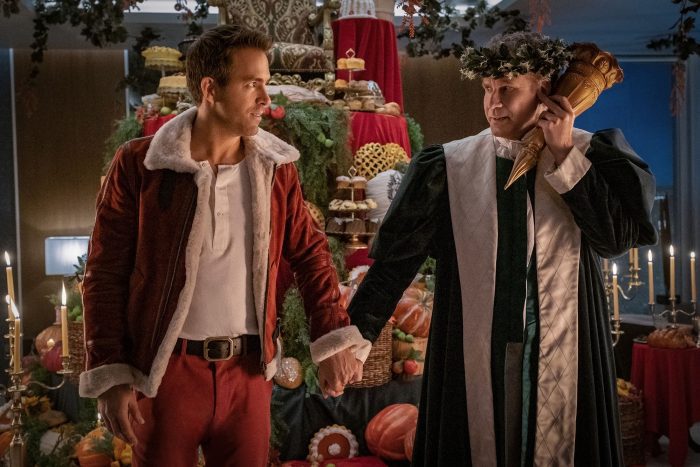


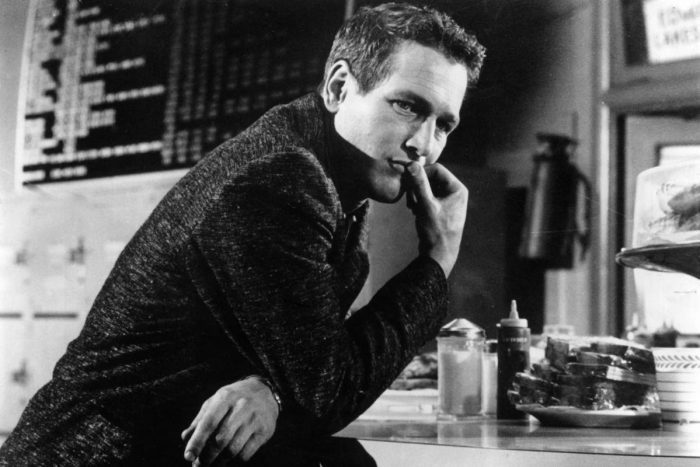
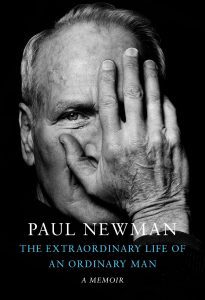 David Rosenthal has compiled and edited the chronicle into The Extraordinary Life of an Ordinary Man (Knopf Doubleday). Presented as Newman’s memoir, Rosenthal intersperses Newman’s very personal perspective with the additional interviews. The intense, riveting work reflects a man of fascinating contradictions whose legacy lives on in cinematic history and far-reaching philanthropy. Newman’s daughter, Melissa, describes the book as “… a sort of self-dissection, a picking a part of feelings, motives, and motivations, augmented by a Greek chorus of other voices and opinions, relatives, navy buddies, and fellow artists. One overriding theme is the chronic insecurity which will be familiar to so many artists. Objectivity is fickle.”
David Rosenthal has compiled and edited the chronicle into The Extraordinary Life of an Ordinary Man (Knopf Doubleday). Presented as Newman’s memoir, Rosenthal intersperses Newman’s very personal perspective with the additional interviews. The intense, riveting work reflects a man of fascinating contradictions whose legacy lives on in cinematic history and far-reaching philanthropy. Newman’s daughter, Melissa, describes the book as “… a sort of self-dissection, a picking a part of feelings, motives, and motivations, augmented by a Greek chorus of other voices and opinions, relatives, navy buddies, and fellow artists. One overriding theme is the chronic insecurity which will be familiar to so many artists. Objectivity is fickle.”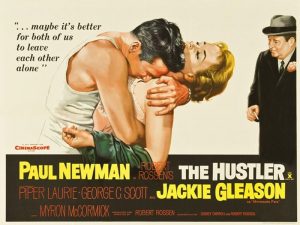 As a tribute to Paul Newman, the Cinema Arts Centre, 423 Park Ave., Huntington will host a special event celebrating the publication of The Extraordinary Life of an Ordinary Man on Monday, Nov. 28 at 7 p.m. The evening will feature a screening of Newman’s most enduring film, the 1961 sports drama The Hustler followed by a discussion with Paul Newman’s daughter, Melissa Newman. Tickets are $43 for film and discussion; $25 for the film only. To order, visit
As a tribute to Paul Newman, the Cinema Arts Centre, 423 Park Ave., Huntington will host a special event celebrating the publication of The Extraordinary Life of an Ordinary Man on Monday, Nov. 28 at 7 p.m. The evening will feature a screening of Newman’s most enduring film, the 1961 sports drama The Hustler followed by a discussion with Paul Newman’s daughter, Melissa Newman. Tickets are $43 for film and discussion; $25 for the film only. To order, visit 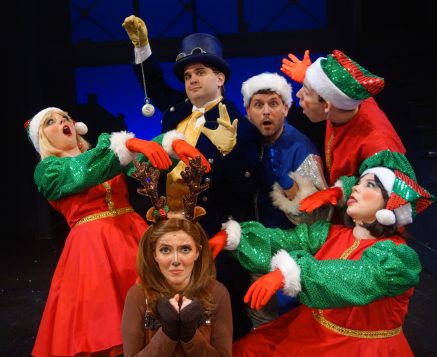

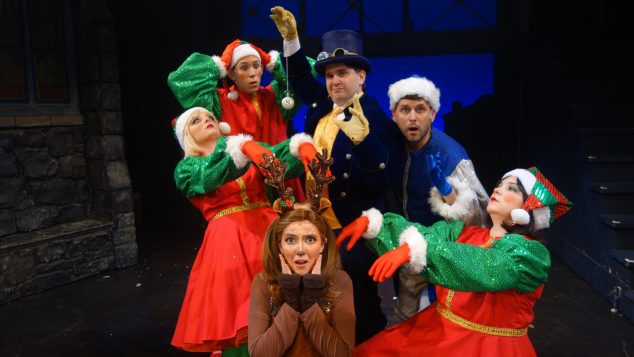








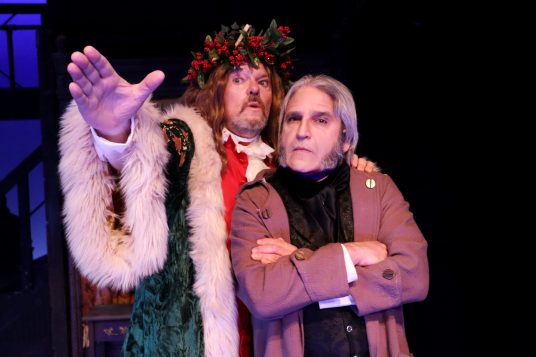
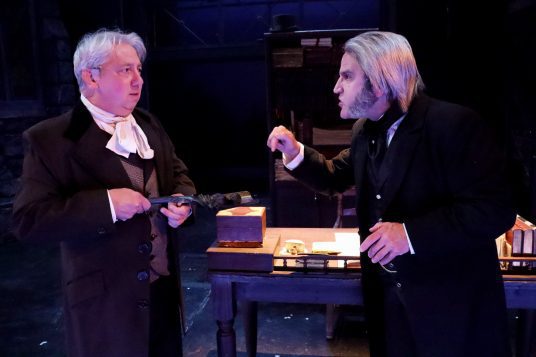
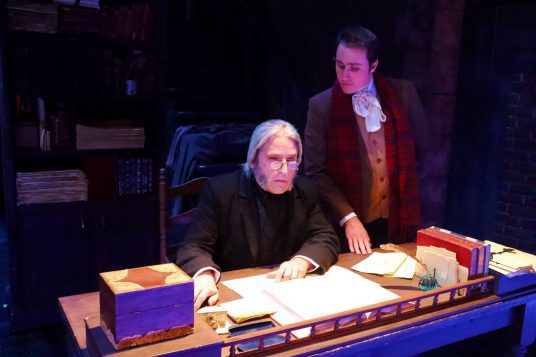
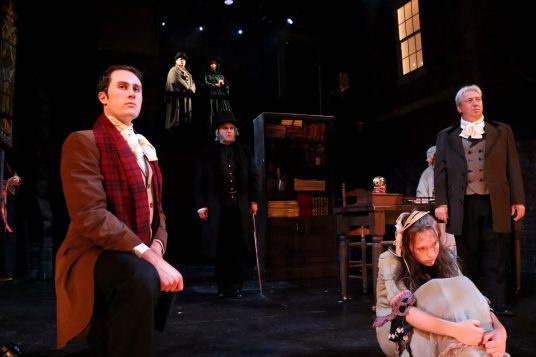
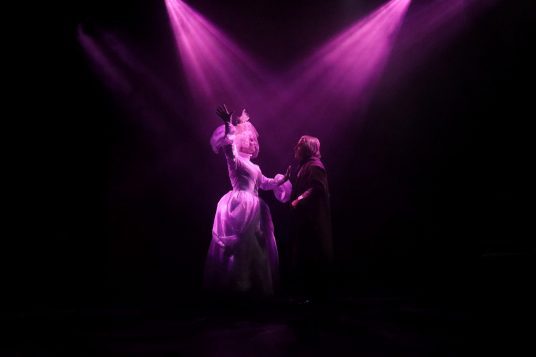
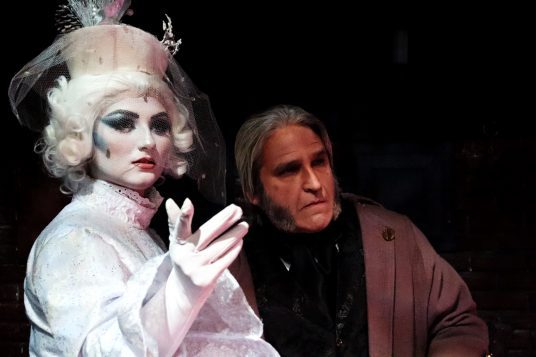

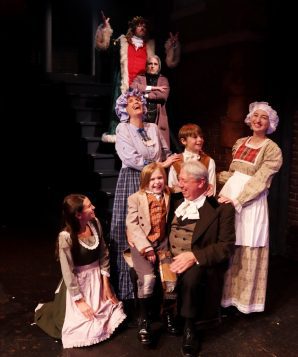
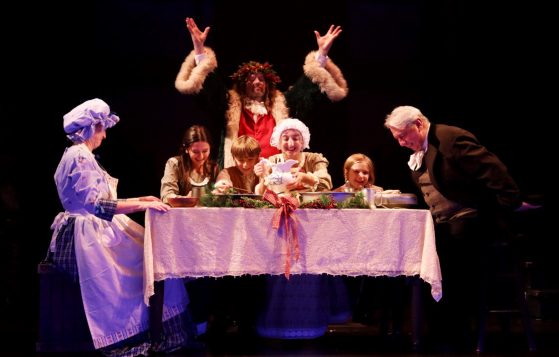
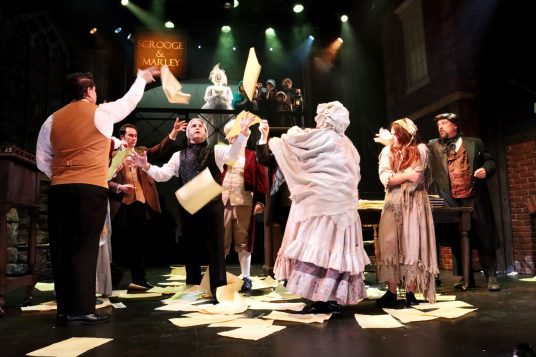
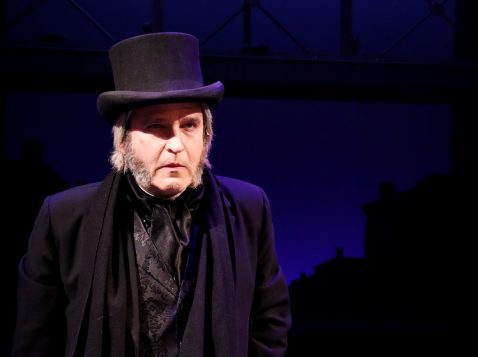
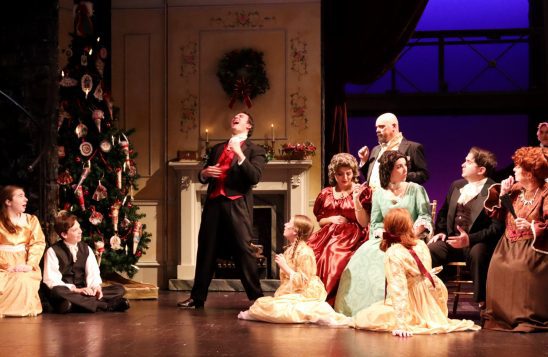
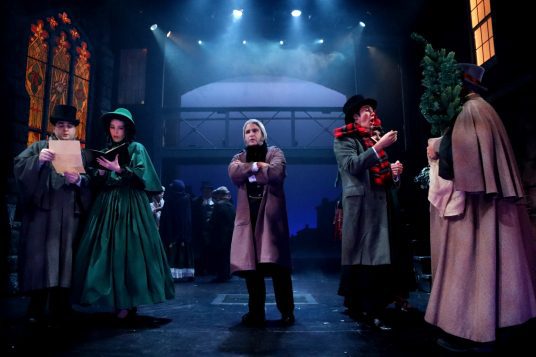
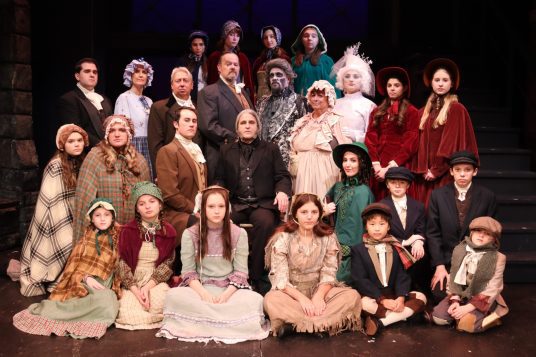
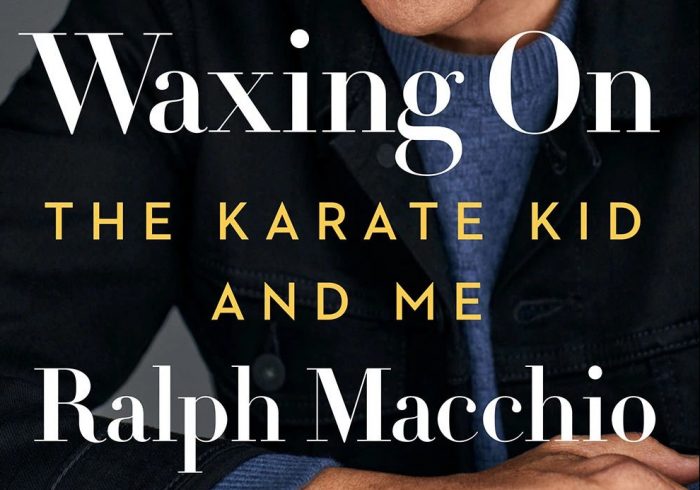
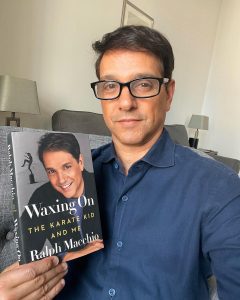
 Morita, in particular, is singled out for his contribution. At the time, the actor was best known as a stand-up comedian and for his stint as Arnold on Happy Days. During his audition, Morita introduced the famous hachimaki (headscarf), explaining its significance. Along with the crane, the cloth became one of the film’s most memorable images. Eventually, Morita won the role of the Okinawan sensei, garnering an Academy Award nomination for Best Supporting Actor.
Morita, in particular, is singled out for his contribution. At the time, the actor was best known as a stand-up comedian and for his stint as Arnold on Happy Days. During his audition, Morita introduced the famous hachimaki (headscarf), explaining its significance. Along with the crane, the cloth became one of the film’s most memorable images. Eventually, Morita won the role of the Okinawan sensei, garnering an Academy Award nomination for Best Supporting Actor. He writes candidly about the 2010 remake, the How I Met Your Mother appearances, and the YouTube The Karate Kid: Daniel is the REAL Bully. He acknowledges these and other cultural moments kept the characters alive.
He writes candidly about the 2010 remake, the How I Met Your Mother appearances, and the YouTube The Karate Kid: Daniel is the REAL Bully. He acknowledges these and other cultural moments kept the characters alive.